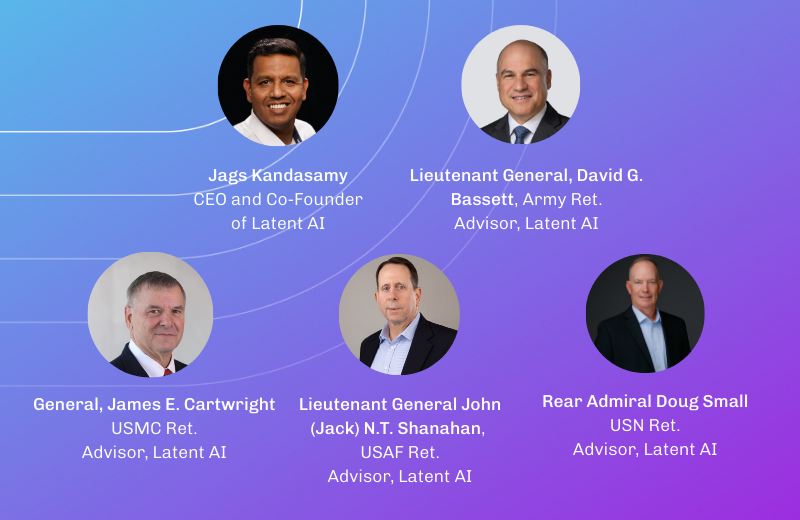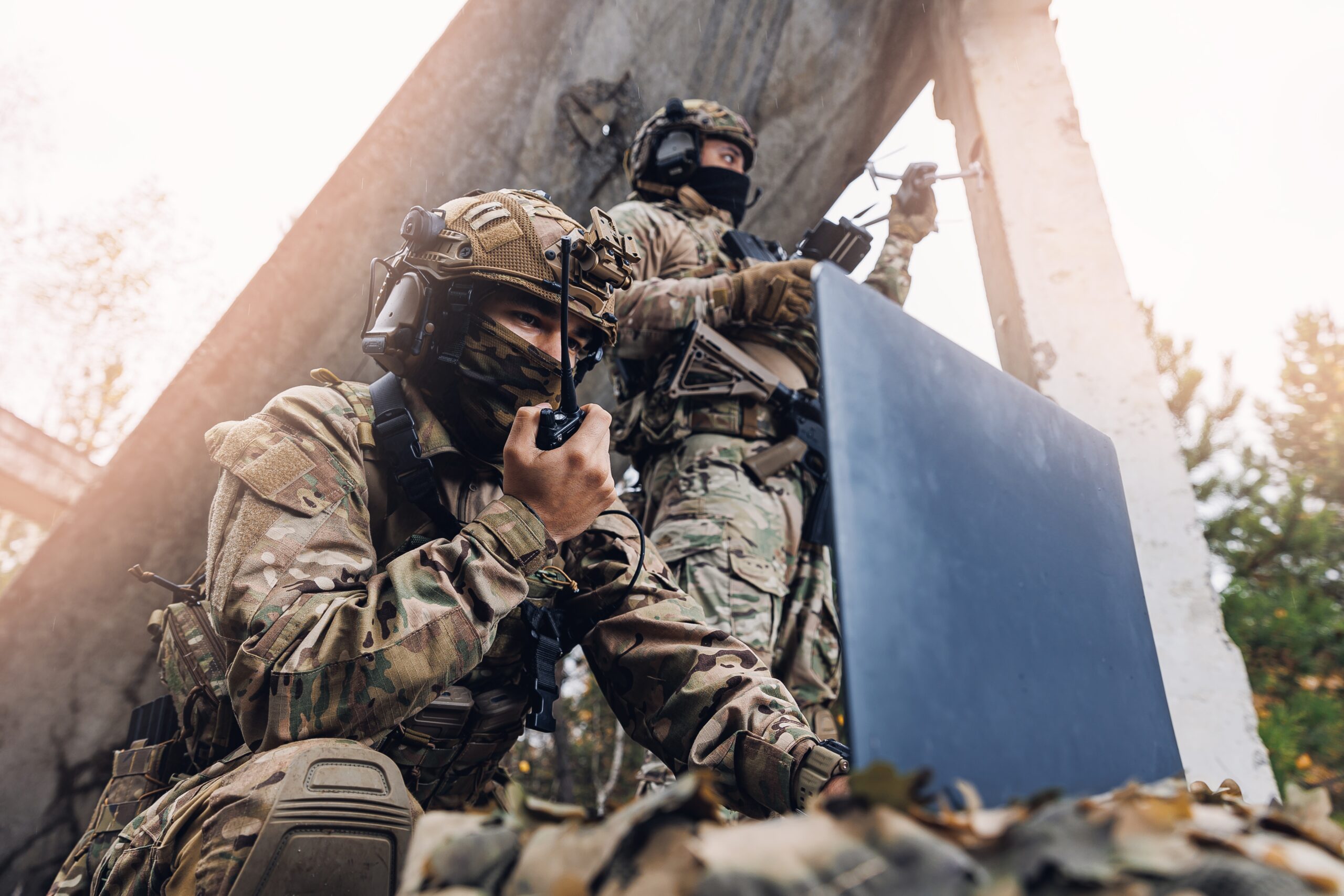Developers
Case Study
Reducing information latency: Streamlining AI for the Air Force
Latent AI demonstrated real-time, on-board AI with geospatial analysis.


“I’ve learned more about some of the capabilities [Latent AI] brings that don’t exist anywhere that I know of right now,” said Lieutenant General Jack Shanahan (ret.), who serves as an advisor to Latent AI on how to deliver solutions that speed data to decision on the battlefield.
The Challenge
The Department of Defense (DoD) is utilizing Unmanned Aerial Systems (UAS) more than ever in missions like search and rescue, which require precision and reliability. Even with the latest equipment, operators still face delays in the time it takes for a signal to travel from the ground control station to the drone and back. Latency like this can significantly impact the drone’s ability to react quickly and precisely, especially in situations requiring real-time control or fast maneuvers. To tackle this issue, the US Air Force is looking to AI technology that can speed things up, reduce delays, improve scalability, and enhance the ability of these systems to work together.
The Solution:
To dramatically reduce information latency, the US Air Force selected the Latent AI Efficient Inference Platform (LEIP) an AI development platform to build and deploy AI models for autonomous UAS. Latent AI’s solution enables on-board processing of AI operations in network-compromised environments, supporting autonomous UAS behaviors and providing essential analytics in real-time.
LEIP offers several benefits:
- Real-time secured processing: LEIP optimizes AI models to increase inference speed, for low SWaP on-board hardware, reducing the risk of data breaches and ensuring secure operations even in network compromised environments.
- Automated analysis: Sensor data is rapidly analyzed, allowing aircrews to focus on critical decision-making.
- Adaptable Algorithms: LEIP streamlines the model fine-tuning, enabling updates to be delivered to UAS seamlessly with a standardized runtime engine, ensuring the integrity and reliability of the AI system.
The Results
Latent AI completed a SBIR Phase 1 effort demonstrating the feasibility of on-board processing of generative AI models for anomaly detection, for use with geo-spatial data. The AI model has the potential to produce high quality assessment of various levels of damage (e.g., from hurricane, floods) from undamaged areas without the need for large labeled datasets. This means that airmen would not need to laboriously label a training dataset — a significant saving in time and effort without sacrificing mission success.Under this project, Latent AI demonstrates impressive results:
- Increased processing speed: Faster AI inference speed by up to 3x, for real-time processing of sensor data.
- High Accuracy: The optimized model achieved a negligible loss in accuracy in real-time data analysis. The optimization enables efficient deployment on low SWaP systems, making the solution feasible for use on UAS platforms.
- Improved Decision-making Speed: By processing data locally at the edge, the analytics are extracted up to 70% faster than with traditional, centralized processing methods.
Looking Ahead
Latent AI is actively exploring new use cases for LEIP and edge AI within the military. The Air Force SBIR Phase 1 effort builds on top the success of Latent AI’s effort on Navy Project AMMO and Army Project Linchpin, both of which paves the way for broader adoption of MLOps across the DoD. Latent AI is committed to collaborating on future endeavors that leverage AI to enhance national security.
Latent AI is actively exploring partnership to expand the possibilities for edge AI applications to the DoD. For example, Latent AI has demonstrated an integration with Esri’s ArcGIS platform to provide geographic location intelligence and mapping, powered by edge AI. Learn more about Latent AI and ArcGIS. Discover more use cases for edge AI here. See how LEIP works for your unique edge AI application and schedule a demo today
Related Case Studies
Ready to get started?
Schedule a meeting with an AI expert today.





